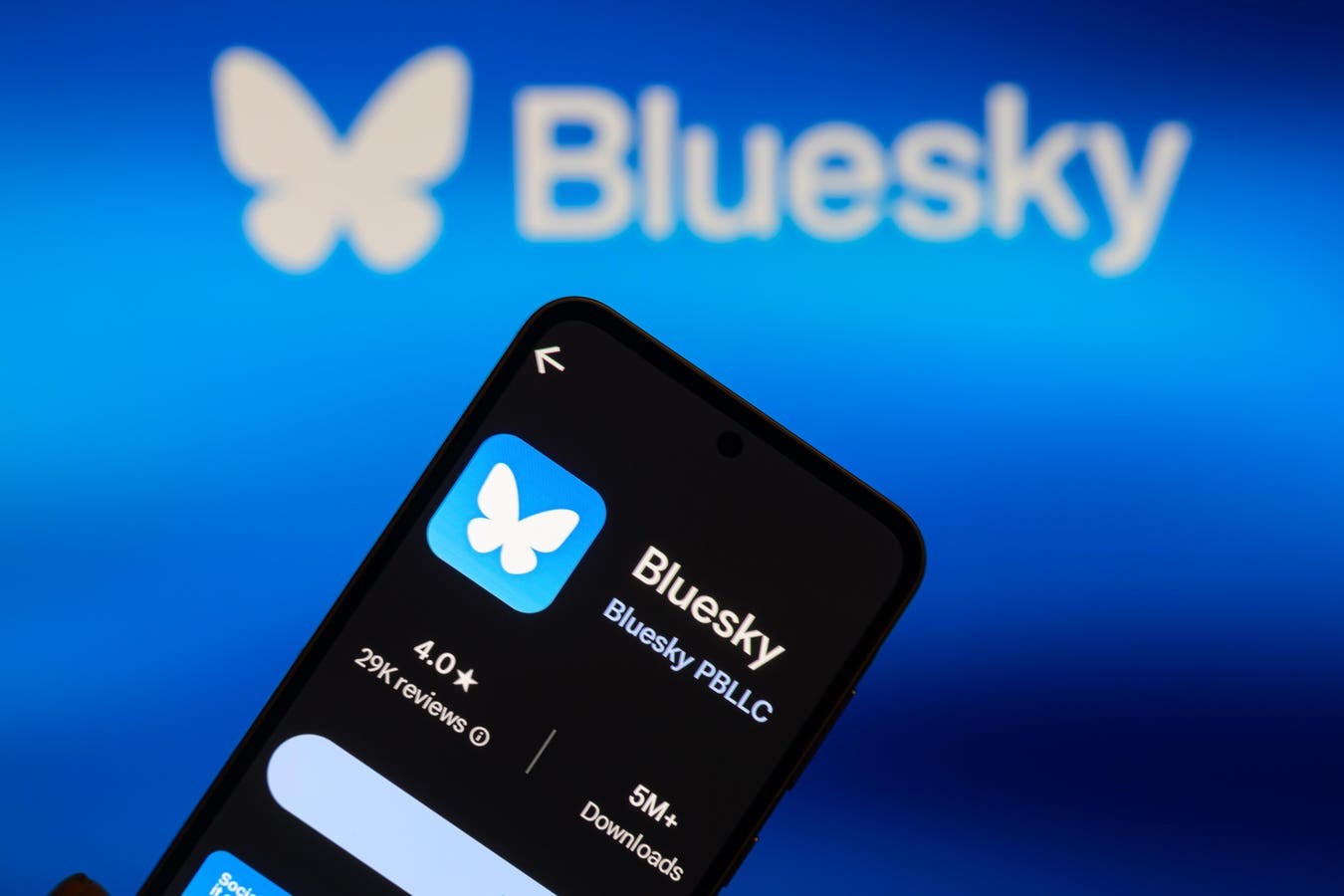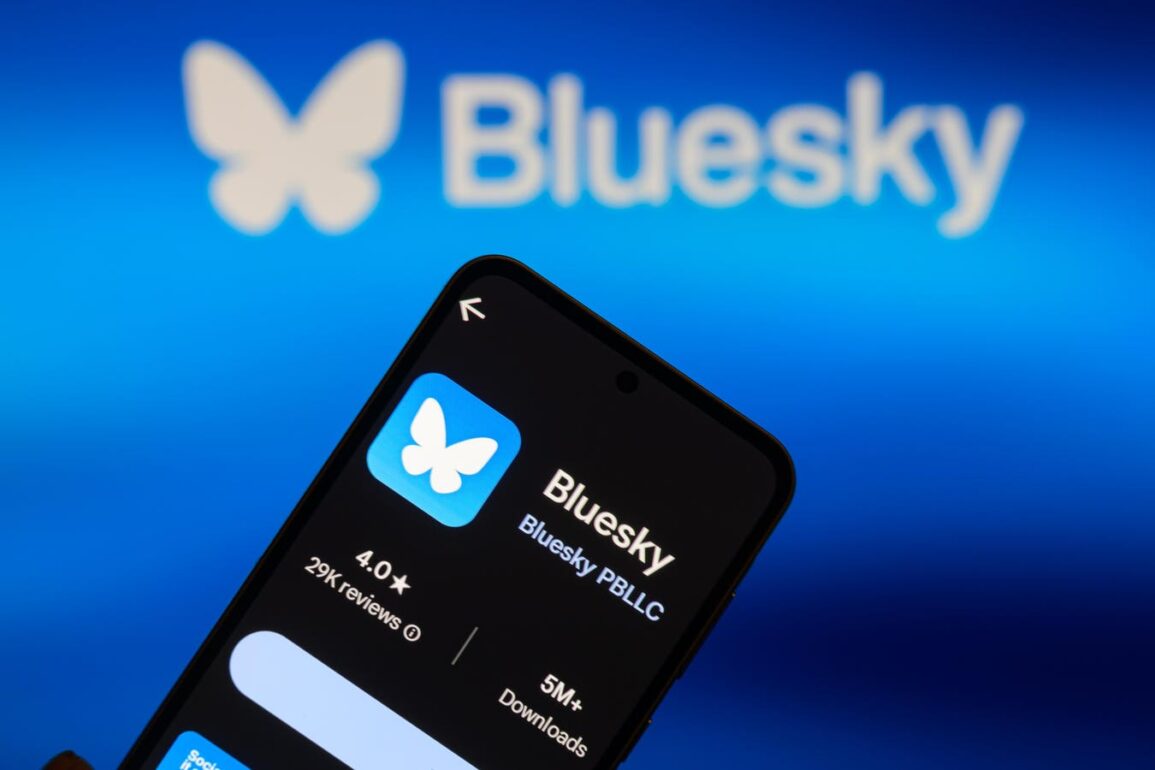
In a digital landscape increasingly defined by user concerns over privacy and control, a quiet revolution is taking shape. Bluesky, once merely seen as another Twitter alternative, has evolved into something far more significant, the flagship application for an emerging ecosystem built on its AT Protocol with promises to fundamentally reshape our relationship with social media.
With over 33 million users today, Bluesky’s growth represents more than just another platform gaining traction. It embodies a broader movement toward what developers are calling an “open social web,” a concept that puts users back in control of their digital identities and data while creating an ecosystem of interoperable apps designed to work together, rather than trapping users in isolated walled gardens.
The AT Protocol (or atproto), developed by Bluesky Social PBC, is an open-source protocol for building social media applications that aims to enable user portability, interoperability, and algorithmic choice across different platforms. To be more specific, the AT Protocol:
- Stores user data on individual servers (Personal Data Servers or PDS) rather than a centralized database like current social media platforms
- Allows users to move their accounts and data (including their social graph) from one AT Protocol-based service to another without losing their connections or content
- Allows for an open market of algorithms, enabling users to choose how they see the world and customize their feeds
- Aims to create a standard format for user identity, follows, and data, allowing different social apps to interoperate and users to move freely between them
- Permits anyone to contribute to its development and build applications on top of it
Beyond The Blue Horizon
The recent ATmosphere conference in Seattle marked a milestone for this movement. Developers from dozens of applications built on the AT Protocol gathered to share innovations and discuss the future of a more decentralized, user-centric social internet devoted to putting users back in control over their data, as well as their algorithms and their overall online experience.
This shift comes at a critical moment. According to recent data privacy statistics, 77% of Americans have little to no trust in social media leaders to take responsibility for data misuse, and 89% express substantial concern about how platforms gather information on children. The public is increasingly demanding alternatives to traditional social media models.
The Ecosystem Takes Shape
What makes the AT Protocol approach distinctive is how it enables a diverse ecosystem of specialized applications that can all interoperate while respecting user data sovereignty.
As the movement toward a more open social web grows, several platforms are emerging as pioneers in this space:
- Bluesky: The flagship AT Protocol application with over 33 million users, offering a Twitter-like experience but with user data control and portability. Users can create customized feeds and discover content beyond political discussions through tools like the “Discover” tab.
- Flashes: An Instagram alternative that grabbed 30,000 downloads in its first 24 hours by offering a classic photo-sharing experience that allows users to upload multiple photos or videos up to 3 minutes in length.
- Spark (formerly Reelo): A TikTok-like video application that differentiates itself by building directly on the AT Protocol rather than on top of Bluesky, allowing it to support longer videos, filters, effects, a music library, and eventually livestreaming..
- Dazzle: A discovery tool that organizes the firehose of Bluesky data into categories and highlights trends across various topics, helping users find conversations beyond political content.
- Streamplace: The first livestreaming video service built on the AT Protocol, offering high-quality videos, livestreaming, clips, and uploads where all content is cryptographically signed by creators.
- BlackSky: A community-focused platform that offers moderation and support that makes social media a safer place for Black users, including those migrating from the online community known as Black Twitter.
- Mastodon: While using a different protocol (ActivityPub), Mastodon is part of the broader decentralized social movement with a growing user base also looking for alternatives to traditional platforms like X.
The Technical Evolution
The protocol itself continues to mature. Upcoming technical changes include support for the authentication standard OAuth, which will allow developers to create user accounts for their app’s users on AT Protocol-based infrastructure, as well as provide tools for session management.
For users, this means a future where they can sign into multiple applications with the same identity, take their data and social connections with them between apps, and maintain control over how their personal information is used.
The Drive for Balance
This movement represents an intentional counterbalance to what many see as problematic power dynamics in traditional social media. The ATmospher event featured speakers discussing “taking the power away from the billionaire tech oligarchs, the ‘Caesars,’ as one viral T-shirt mocking Mark Zuckerberg alluded to; these tech CEOs now control the majority of our online experience.”
Some of the core principles driving this movement include:
- User data ownership and portability
- Algorithmic transparency and user control
- Content moderation that serves communities rather than corporate interests
- Interoperability between different applications and services
Reshaping The Creator Economy
For creators and influencers, the AT Protocol offers both promising opportunities and potential challenges. Unlike traditional platforms where algorithms and monetization methods are controlled by a single entity, decentralized social networks enable new ways for creators to connect with and monetize their audiences.
Decentralized social media platforms often provide creators with revenue-generating options like token-based payments, NFTs, subscriptions, and various transaction fees. This allows creators to monetize their content directly without relying solely on advertising or platform-specific creator funds.
The shift toward user control could also transform audience relationships. As creator economy experts have noted, today’s fans want something a little less transactional and a little more human; they want connection beyond just consuming content. The community-centric approach of many decentralized platforms naturally aligns with this desire.
However, the transition comes with potential downsides for established creators. Those who have built substantial followings and monetization streams on existing platforms may face challenges migrating their audiences. Additionally, while traditional social networks offer massive built-in audiences, newer decentralized platforms currently have smaller user bases.
New Models For Value Exchange
Perhaps the most significant shift will be in how value flows between creators and audiences. The Fediverse, which includes decentralized networks operating on open protocols like ActivityPub and platforms like Mastadon, offers creators greater control over their data, and increased flexibility, although monetization options are still developing.
Some experts suggest that subscription models, NFTs, crowdfunding, and direct fan support will become primary income sources for creators rather than advertising-based revenue. The AT Protocol ecosystem seems well positioned to facilitate these models.
For brands working with influencers, this shift will require adaptation. As noted in recent industry forecasts, “influencer marketing will be held to higher measurement standards” in 2025, and creators will increasingly scale their content beyond social media. Platforms built on open protocols like the AT Protocol could offer more transparent metrics and flexible partnership models.
The Path Forward: Challenges and Opportunities
While the vision of a more open social web is compelling, significant challenges remain. Traditional platforms still command enormous user bases, established creator ecosystems, and substantial technical resources. Building sustainable business models for open protocol applications requires creativity and patience.
Growing investor interest indicates the potential of this approach. Mark Cuban has expressed interest in funding TikTok alternatives built on the AT Protocol, noting that “when you build on the AT Protocol, it’s extensible, so that means nobody can just buy it, nobody can just close it” TechCrunch.
This movement recognizes that technical solutions alone aren’t sufficient. Conference attendees were reminded that new technologies alone aren’t the answer, there’s a need for a whole ecosystem of support and funding for these efforts too. This acknowledges the social dimension of building alternatives to entrenched platforms.
The Road Ahead: A New Balance of Power
As we move further into 2025, the push for user control and data sovereignty continues to accelerate. Consumer demand for alternatives to Big Tech’s social apps is growing, with open networks like Bluesky and Mastodon gaining traction with people looking to leave X, while others are building ban-proof TikTok alternatives on open protocols.
The groundwork being laid by the AT Protocol ecosystem offers a compelling alternative vision where social media serves users rather than treating them as products. For businesses, content creators, and everyday users alike, this shift represents both a challenge and an opportunity to reimagine digital presence in a world where the balance of power is gradually but meaningfully shifting back toward the individual.
This post was originally published on this site be sure to check out more of their content








